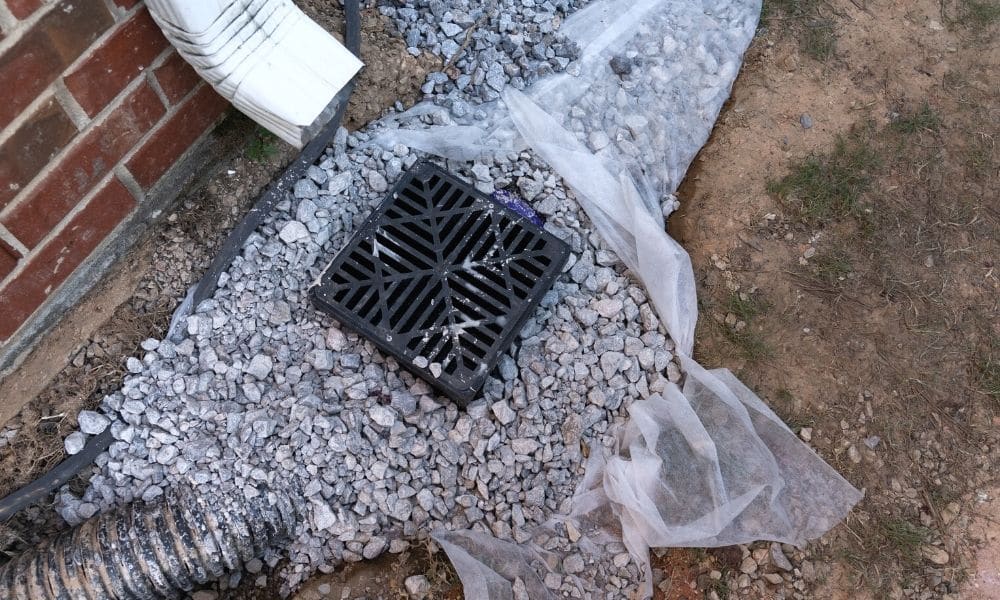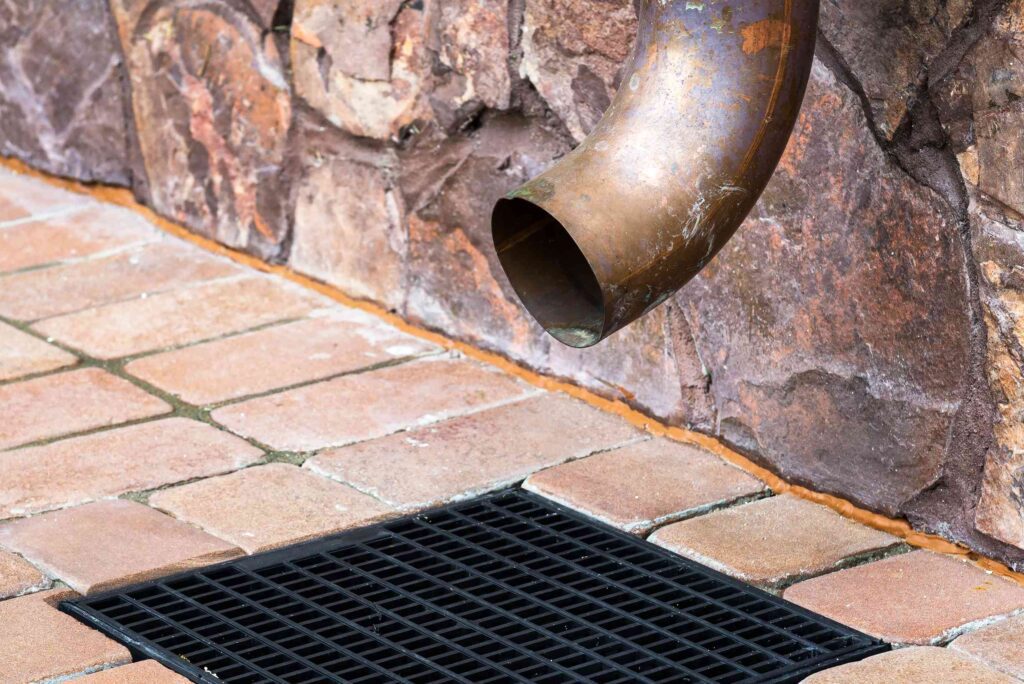What Is a Catch Basin? People Get Storm Sewer Drains Wrong
A catch basin is a key part of a stormwater management system, but many people don’t fully understand its role.
These systems help maintain proper drainage and prevent flooding.
In this guide, we’ll explain what a catch basin is, how it works, and why it’s crucial for both your property and the environment.
What is a catch basin?
A catch basin is a drainage system that collects water runoff from streets and properties. It helps prevent flooding by directing water into underground pipes for proper flow.
Key Takeaways
- A catch basin is a device that collects stormwater runoff and debris before it enters the stormwater drainage system.
- Catch basins help prevent flooding by directing water into underground pipes or drainage systems.
- Regular maintenance is necessary to keep catch basins functioning efficiently and to prevent clogs.
What is a Catch Basin?
A catch basin is a type of stormwater drainage system designed to capture debris, sediment, and water from surface runoff.
Typically, catch basins are located at the lowest point of streets, parking lots, or drainage ditches where water naturally accumulates.
These basins are equipped with a grate on top, which allows water to enter while filtering out larger debris, such as leaves, dirt, and trash.
The remaining water then flows into an underground stormwater system or a retention basin where it can be properly treated or redirected.
Properly maintained catch basins play a vital role in urban infrastructure by helping manage rainwater effectively and reducing the risk of flooding and damage to nearby properties. That’s why regular catch basin cleaning service in Fort Lauderdale and Aventura is so important for keeping these systems working as they should.
How Does a Catch Basin Work?

Catch basins work by collecting water runoff and filtering out large debris to prevent blockages further down the drainage system. Here’s how they function:
1. Water Enters the Catch Basin
As rainwater or runoff flows over impervious surfaces like roads, driveways, or parking lots, it naturally collects in low points.
The water is directed to the catch basin via the street or land grading.
2. Grate Filters Out Large Debris
The catch basin is typically covered with a metal or concrete grate.
This grate allows water to flow into the basin while preventing large debris, such as leaves, sticks, trash, or dirt, from entering the system.
The size of the grate varies depending on the location and the amount of traffic in the area. It also helps to prevent clogging in the system.
3. Water Collects in the Basin
Once the water passes through the grate, it collects in the basin’s sump. This sump is a small, open compartment designed to store the water before it continues into the drainage system.
The sump also traps smaller debris and sediment that were carried with the water.
4. Water Flows to the Stormwater System
The cleaned water then flows from the catch basin into the underground stormwater system, which typically includes pipes, drains, or retention ponds.
This allows the water to be either filtered and treated or safely discharged into natural bodies of water, such as rivers or lakes.
5. Maintenance: Sediment Removal
The sediment and debris that have settled in the catch basin need to be removed periodically. If left unchecked, these materials can accumulate, blocking the water flow and leading to flooding.
Types of Catch Basins
There are several types of catch basins, each designed for specific purposes or environments. Here are a few common types:
1. Standard Catch Basins
The most common type of catch basin, found in residential and urban streets. These are designed to collect water and debris from relatively small areas.
2. Deep Sump Catch Basins
Deep sump basins are used when there is a need to collect larger amounts of debris. These are typically found in areas with heavy rainfall or where significant debris accumulates, such as near wooded areas or agricultural land.
3. Curb Inlet Catch Basins
These basins are typically installed at the curb, allowing water to enter from the street. Curb inlet basins are commonly used in areas with high vehicular traffic, such as parking lots or along highways.
4. Stormwater Treatment Catch Basins
Some advanced catch basins are equipped with filtration systems designed to remove pollutants from stormwater. These basins are often used in areas near water bodies or in regions with stringent environmental regulations.
How to Maintain a Catch Basin

Regular maintenance is critical to ensure that catch basins continue to function properly. Over time, debris and sediment can build up, obstructing water flow and reducing the efficiency of the system.
Here are some tips for maintaining a catch basin:
1. Regular Inspection
Inspect the catch basin regularly to ensure that it is free of debris. If you notice any signs of clogging, it may be time to clear the basin or call a professional.
2. Clean the Basin
During your inspection, remove any debris that has gathered around the grate or inside the basin.
This includes leaves, branches, trash, or dirt. In areas with frequent rain, cleaning should be done at least once every few months.
3. Check for Sediment Buildup
Over time, sediment can settle at the bottom of the basin. If this buildup becomes excessive, it can cause blockages.
Have the basin pumped out regularly by a professional if sediment is accumulating.
4. Ensure Proper Drainage
Check the pipes and drains connected to the catch basin to ensure that water flows freely. If the system appears blocked or slow, contact a drainage expert to assess the situation.
Frequently Asked Questions
1. What is a catch basin used for?
A catch basin is used to collect stormwater runoff and debris from streets and parking lots before it enters the stormwater drainage system. It helps prevent flooding and water pollution.
2. How often should catch basins be cleaned?
Catch basins should be cleaned regularly, at least once every few months or after heavy rainfall. If you live in an area with significant debris or frequent storms, more frequent cleaning may be necessary.
3. Can I install a catch basin on my property?
Yes, if your property experiences significant runoff or drainage issues, installing a catch basin may help. It’s important to consult a professional to ensure proper placement and installation.
Conclusion
Catch basins play a vital role in stormwater management, protecting the environment, reducing flooding, and keeping communities safe.
Regular maintenance of these systems ensures they function effectively and helps to maintain the health of local water sources.
Whether you’re a homeowner, property manager, or involved in infrastructure planning, understanding the importance of catch basins can contribute to more efficient drainage systems and better environmental protection.
